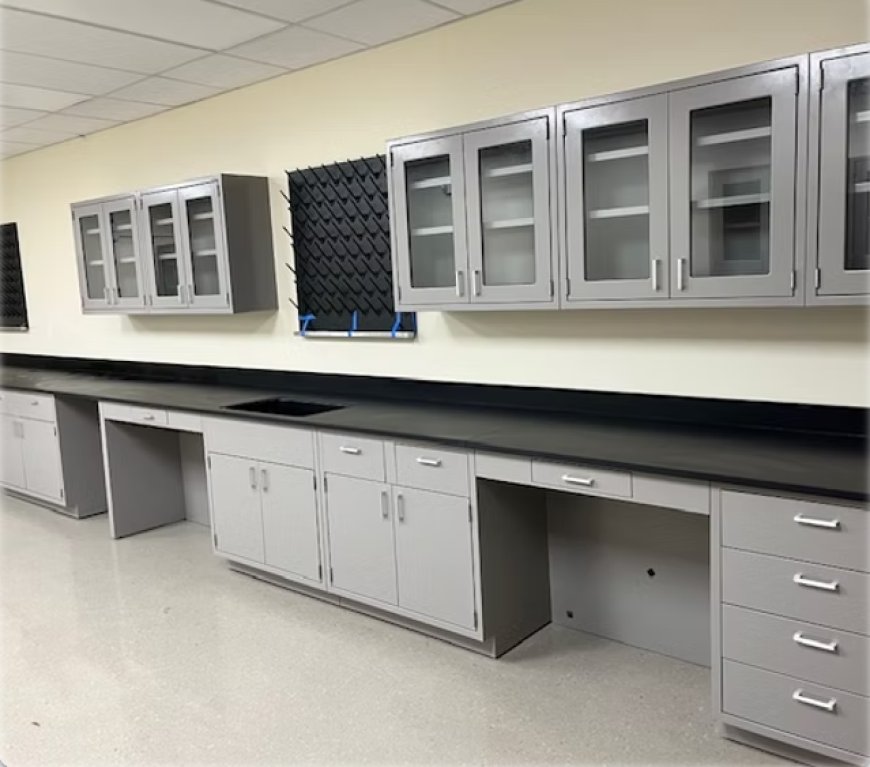Choosing the Right Laboratory Cabinets for Your Space
The correct use and selection of laboratory cabinets enhance the overall functionality of a laboratory. They serve not just as storage solutions but as fundamental components of a well-organized and compliant workspace.

Laboratories are complex environments where safety, organization, and functionality play a crucial role in supporting productive work. One of the essential components in any laboratory setup is the storage system, particularly laboratory cabinets. These cabinets not only house critical tools, chemicals, and samples but also contribute to overall safety and workflow efficiency.
Selecting the right laboratory cabinets for your space requires a clear understanding of your operational needs, the types of materials used in your lab, and the regulatory standards you must follow. The right choice can prevent cross-contamination, reduce clutter, and improve access to frequently used items, ensuring that your lab operates at optimal levels.
Importance of Proper Storage in Labs
Storage in laboratories is not a one-size-fits-all solution. Different types of labs—from research to educational and clinical environments—require storage solutions tailored to specific activities and substances. Incorrect storage can lead to chemical spills, fire hazards, or even contamination of sensitive experiments. This makes having the appropriate cabinets critical, particularly when storing volatile or flammable substances.
Moreover, organizing equipment, samples, and documentation in designated storage spaces reduces the risk of misplacement or damage, saving time and maintaining order. A well-arranged storage system also simplifies inventory management and enhances safety audits.
Types of Laboratory Cabinets and Their Uses
When considering the purchase or installation of storage systems, it's important to be aware of the different types available. Each variety is designed with particular materials and use cases in mind:
· Metal Cabinets: Made from stainless steel or coated steel, these are ideal for storing general equipment and are highly durable. They resist corrosion and can handle heavy-duty use.
· Wood Cabinets: Typically found in academic labs, these are less resistant to harsh chemicals but provide a warm aesthetic and are suitable for dry storage areas.
· Polypropylene Cabinets: These are chemical-resistant and suitable for environments where highly corrosive acids or bases are used. Their non-metallic structure offers superior protection against corrosion.
Each cabinet type may also include specialized features such as locking mechanisms, ventilation, adjustable shelves, and fire-resistant linings.
Final Words
Laboratory cabinets are used in a wide range of environments, each with its own set of demands. In medical labs, sterile storage is crucial. In industrial research facilities, fire-resistant cabinets might be necessary. Educational institutions may prioritize affordability and flexibility. No matter the setting, selecting the right storage solution can significantly impact the efficiency and safety of daily operations.
The correct use and selection of laboratory cabinets enhance the overall functionality of a laboratory. They serve not just as storage solutions but as fundamental components of a well-organized and compliant workspace.


























































































































































